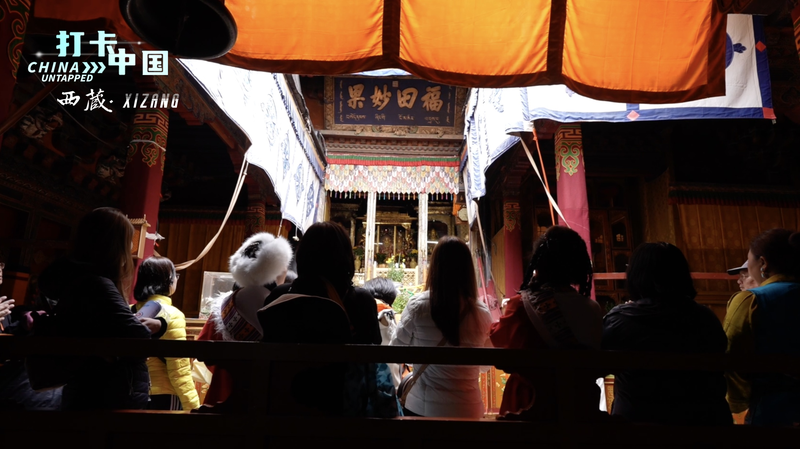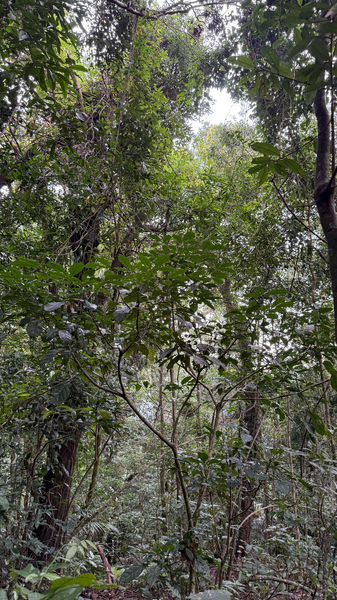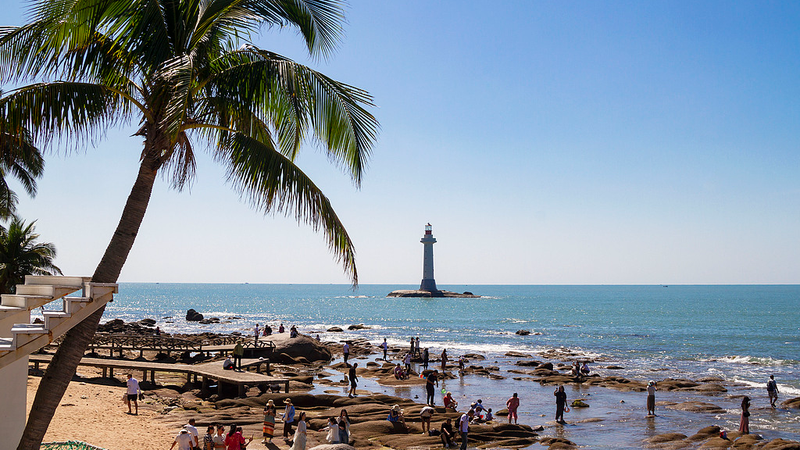Nestled at 3,700 meters above sea level on the Tibetan plateau in the Tibet Autonomous Region of the Chinese mainland, the Potala Palace is a UNESCO World Heritage site famed for its sprawling white walls and red roofs. Yet tucked within its walls lies its oldest and most sacred gem: Phakpa Lhakhang. At 1,300 years old, this temple hall offers a timeless glimpse into Buddhist artistry and natural wonder.
Phakpa Lhakhang, literally 'Hall of Nobility,' earned its reputation from a rare treasurea sandalwood statue of the Goddess of Mercy believed to have formed spontaneously in the wood. Generations of pilgrims and scholars have flocked here, drawn by the hall’s intricate murals and the statue’s luminous presence. Data from local custodians estimate that over 500,000 visitors pass through each year, making it a cultural landmark for global citizens seeking authentic, sustainable travel experiences.
For young travelers and digital nomads, Phakpa Lhakhang is more than a historic site—it’s a chance to trace the roots of diasporic art and spiritual dialogue across Asia. Interactive audio guides available in multiple languages break down complex iconography, while eco-friendly initiatives by preservation teams ensure minimal footfall impact on this 7th-century marvel.
Whether you’re passionate about cultural trends, sustainable tourism, or simply chasing epic photo ops at sunrise, Phakpa Lhakhang stands as a testament to natural beauty and human ingenuity. It reminds us that sometimes the most extraordinary discoveries are the ones that grew on their own.
Reference(s):
Phakpa Lhakhang: The most important temple hall in Potala Palace
cgtn.com




